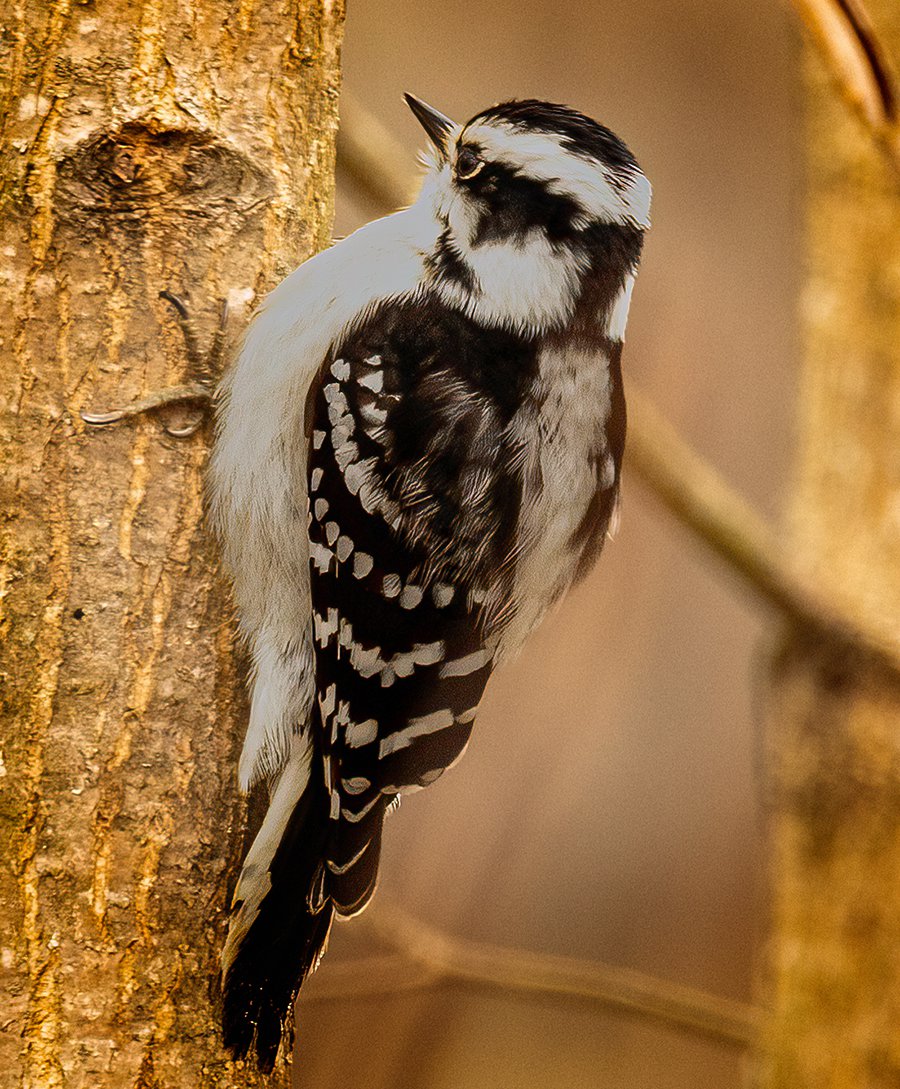Checking Out Woodpeckers in Florida Habitats: Where to Identify These Birds
Checking Out Woodpeckers in Florida Habitats: Where to Identify These Birds
Blog Article
Introducing the Secrets of Woodpeckers: Habits, Environment, and Much More
Woodpeckers, with their one-of-a-kind behaviors and specialized adaptations, have actually lengthy attracted scientists and nature lovers alike. These remarkable birds possess a variety of intriguing tricks that lost light on their survival approaches, habitat preferences, and complex interaction methods. By uncovering the secrets bordering woodpeckers' actions and habitat choices, a deeper understanding of these bird marvels emerges, offering a peek right into their remarkable globe. What makes these birds really outstanding, and just how do they browse their setting with such accuracy and ability? Allow's explore the captivating realm of woodpeckers and unravel the enigmatic details that make them such interesting subjects of study.
Woodpecker Behavior Insights
In checking out woodpecker habits, a fascinating display screen of specialized skills and adjustments emerges, shedding light on their exceptional environmental niche. Woodpeckers, recognized for their unique drumming on trees, possess a range of behavioral attributes that add to their survival and success in their environment.
In addition, woodpeckers display an unique feeding actions characterized by their capacity to essence bugs from tree bark using their specialized beaks. Their lengthy, barbed tongues help in recording victim, while their solid neck muscle mass supply stability and accuracy throughout pecking movements. This feeding approach allows woodpeckers to gain access to hidden insect larvae and extract them with exceptional efficiency.
Habitat Preferences and Choice
What aspects affect the environment choices and selection of woodpeckers? One essential element influencing woodpecker habitat choice is the accessibility of appropriate nesting websites. Woodpeckers normally favor woodlands with a mix of fully grown trees that supply adequate possibilities for dental caries excavation.
In addition, woodpeckers reveal a choice for habitats with a plentiful supply of food sources. They are primarily insectivorous, feeding on beetles, ants, larvae, and various other pests located in worn out timber or tree bark. As a result, woodpeckers have a tendency to prefer wooded areas with a diverse insect population to fulfill their nutritional requirements.
Additionally, the existence of dead or rotting trees is another vital aspect in woodpecker habitat selection. These trees not just supply food sources but additionally provide ideal substratum for dental caries excavation. Dead trees are crucial for the upkeep of healthy woodpecker populaces, as they play an important function in the woodpeckers' life process and ecological community characteristics.
Feeding Routines and Diet Regimen Make-up
Woodpeckers show a specialized feeding behavior focused on foraging for pests within various environments. In enhancement to bugs, woodpeckers also take in tree sap, fruits, nuts, and seeds, including range to their diet plan depending on the season and accessibility of food sources.
The foraging strategies of woodpeckers are well-adapted to their arboreal way of living (Woodpeckers in Florida). Their capability to excavate wood not just supplies them with food however also aids in developing nesting moved here dental caries and establishing territories. Woodpeckers play a crucial role in maintaining the health of forests by controlling insect populations and aiding in the decay of wood. Comprehending their feeding routines and diet plan structure is necessary for preservation initiatives targeted at protecting these distinct and useful birds.
Drumming Seems and Communication
Utilizing rapid drumming sounds on numerous surface areas, woodpeckers use an unique type of communication to signal region limits and draw in mates. This drumming actions is not only a means of interaction yet likewise acts as a means for woodpeckers to establish their presence within a certain location. The intensity, rate, and pattern of the drumming can communicate important details to other woodpeckers in the vicinity.
Woodpeckers make use of drumming sounds to announce their visibility in a region and to alert off potential burglars. The loud and repeated nature of the drumming works as a clear signal to other woodpeckers that the location is already asserted. This assists in decreasing conflicts and lessening physical confrontations in between individuals.

Survival Adaptations and Specialized Composition

Conclusion
Finally, woodpeckers display unique habits, such as drumming noises for interaction, and have specialized composition for survival in their picked habitats. Their feeding routines and diet composition better demonstrate their adaptability to different settings. By understanding these aspects of woodpeckers, researchers and preservationists can better safeguard and protect these remarkable birds and their ecosystems.
Report this page